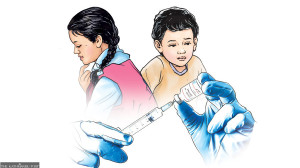Editorial
Continuing tragedy
How can justice be done in the Prisha Sah case when the previous one remains unresolved?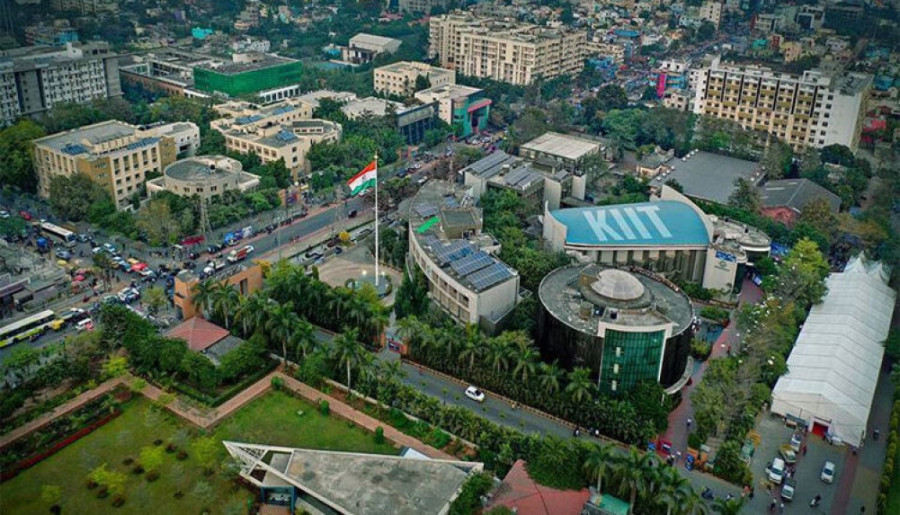
Barely two and a half months after the suicide of Prakriti Lamsal, a student at the Kalinga Institute of Industrial Technology (KIIT) in Odisha, India, the country is reeling from reports of another suspected suicide of a young Nepali woman at the same university. Twenty-year-old Prisha Sah from Sarlahi district was found dead in the college hostel on Thursday. Again, with the broad ramifications of Lamsal’s death still unclear, now, another case from the same institution in a short time should alarm both countries. The police have begun a preliminary investigation; and answers might start emerging after the post-mortem report is out.
But what is happening at the institution that is leading young Nepali women to choose to end their lives? This is difficult to decode, but Lamsal’s case has given us some hints. The gross negligence on the university’s part was apparent as Lamsal’s complaints against the alleged perpetrator, who reportedly made obscene videos of her and blackmailed her, weren’t taken seriously. Further, the Nepali students who peacefully protested after Lamsal’s suicide were mistreated and forced to leave. Tensions gradually eased when the university reversed its decision, issued an apology, and announced a memorial scholarship named after Lamsal following extensive diplomatic efforts. However, the core institutional problems were not addressed.
Moreover, amid rifts between students and university representatives, diplomatic discussions and damage control from the university’s side, the mental toll on students who went through this tragedy was rarely prioritised. The possibility that another young woman like Prakriti might be on the verge of taking her own life was overlooked. The neglect of student mental health by our institutions reflects a deeper issue in our region, where authoritarian educational systems continue to silence youth rather than support them. Further, this case also hints at the reality of many Nepali students in India who face microaggressions and discrimination in their universities.
This time, however, the response from the institution, including the authorities from both nations, has been better. Immediately after the news of Sah’s death, the Ministry of Foreign Affairs stated that it is communicating with the Nepali Embassy in New Delhi, which in turn is in constant touch with India’s Ministry of External Affairs, the Odisha government, university officials, and other stakeholders. Unlike the previous instance, when KIIT representatives were initially hostile and uncooperative, this time, they immediately informed the local police and the family. They are also in contact with the Nepali embassy and other stakeholders. This may be a step forward, but the Odisha government’s silence on the findings of Lamsal’s investigation continues to raise eyebrows. How can we trust the authorities to deliver justice in this case when the previous one remains unresolved?
Pressure is mounting—rightly so—on both the governments to investigate what went wrong. We don’t have time. Our embassy and rights bodies must follow up constantly. This time, Nepal’s diplomatic mechanisms cannot leave the students behind. They must constantly communicate with the students and try to understand their feelings and concerns. Further, young minds, being impressionable, may be vulnerable to suicide contagion in enclosed environments like universities. So, KIIT must realise that its responsibility goes beyond offering education or scholarships—it must also ensure a safe, inclusive environment for students of all backgrounds and nationalities. As for our part, the government has to ensure that the universities and colleges Nepali students attend abroad pass certain criteria for safety and inclusion. If we fail to act now, we risk losing more precious young lives.




 17.12°C Kathmandu
17.12°C Kathmandu



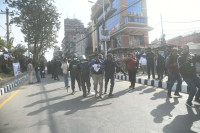

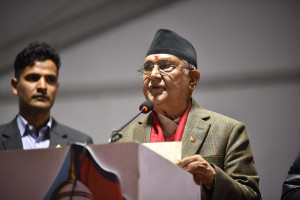

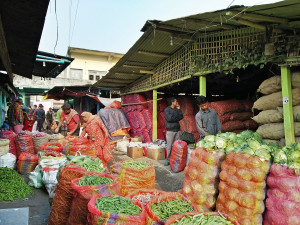
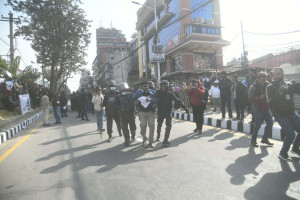



%20(1).jpg&w=300&height=200)

